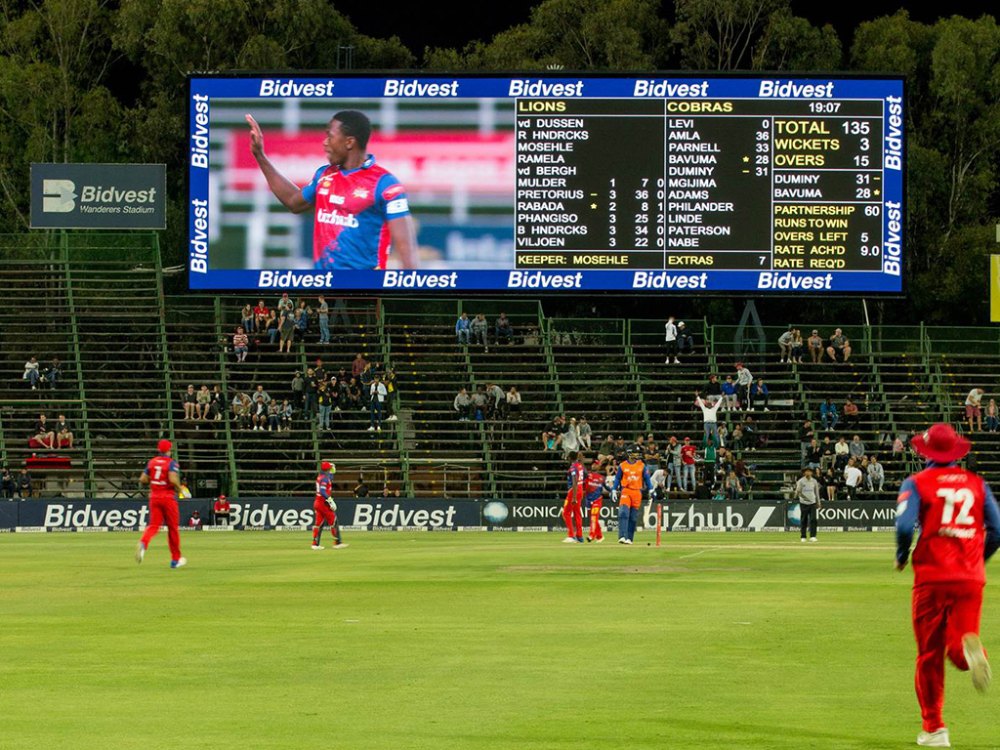
The role of LED displays in sports events has become increasingly vital. They are no longer just supplementary tools for competitions, but play a pivotal role in enhancing spectator experience, intensifying event atmosphere, and supporting commercial operations. Aurora King's outdoor displays, with their high brightness, exceptional weather resistance and outstanding visual performance, have become the ideal choice for outdoor sporting events - particularly football stadiums
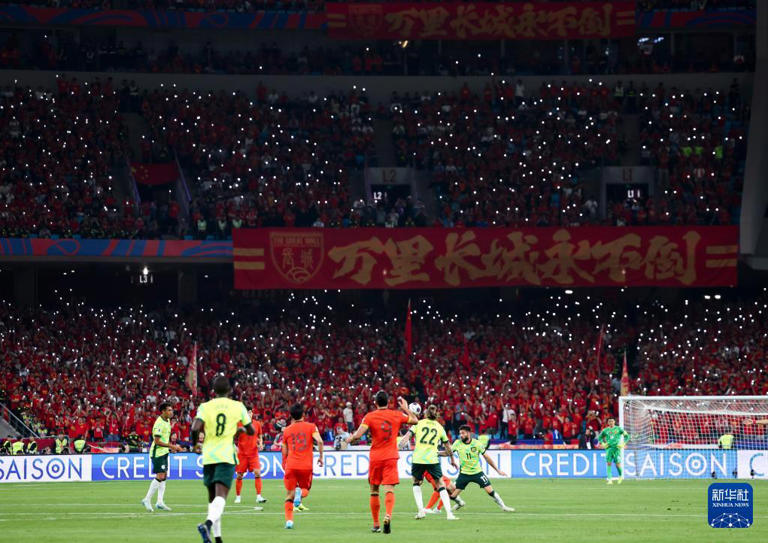
The 2026 FIFA World Cup qualifiers are in full swing. On March 25th, the Chinese men's national football team faced Australia at Hangzhou Olympic Sports Center in a crucial Group of 18 qualifier. This pivotal match attracted over 70,000 fans to cheer in person, setting a new attendance record for Chinese football.
The stadium's LED display screens played a vital role during the match, providing spectators with clear, real-time game information and highlights.
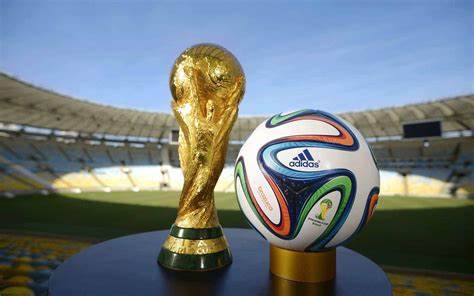
Canada, Mexico, and the United States, as joint host nations for the 2026 FIFA World Cup, will hold all final stage matches - including group matches, knockout rounds, semifinals and the final - in designated stadiums across the three countries.
Given the significant geographical differences between these nations, encompassing various climate conditions such as cold, heat, and humidity, along with varying light intensities and weather patterns, the technical requirements for stadium display screens differ accordingly.
This presents rigorous challenges for display equipment in terms of stability, weather resistance, and adaptability. The screens must feature high brightness, wind and rain protection, and extreme temperature resistance to ensure clear and smooth information delivery during matches, providing global audiences with premium viewing experiences.
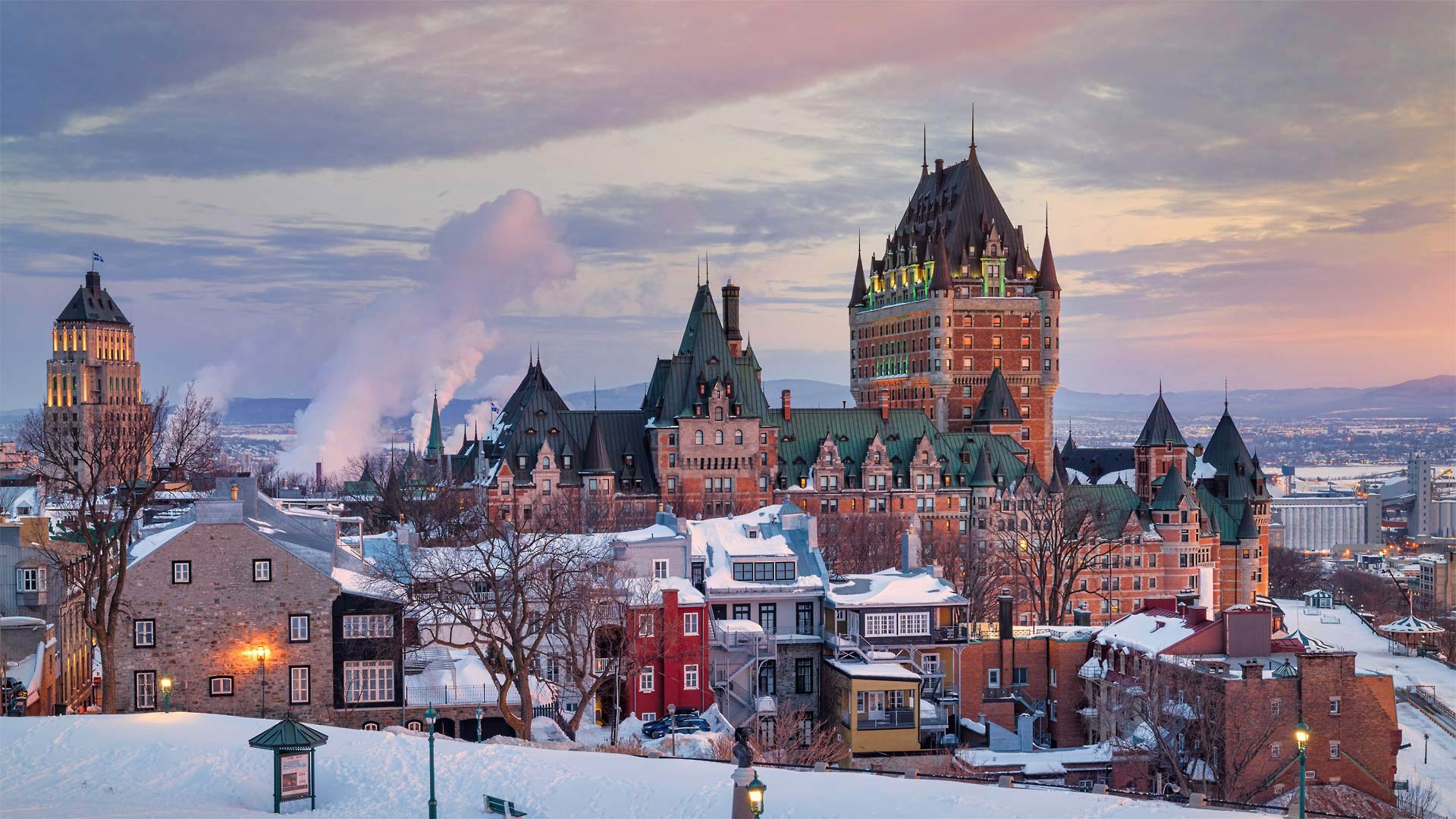
Canada (Cold Climate)
Cold winters with extreme low temperatures (below -30°C) in some regions, and mild summers.
Display Requirements:
- Cold-resistant design: Requires wide-temperature LED chips and low-temperature resistant power supplies to ensure normal operation in environments ranging from -40°C to 50°C.
- Snow and ice protection: External structure must be waterproof and snowproof with an IP65 or higher rating to prevent melted snow from seeping into electronic components.
- Anti-static protection:Dry air in cold regions easily generates static electricity, necessitating anti-static ICs and a reliable grounding system.

Mexico (High Temperature & Strong UV Climate)
Some regions experience hot and arid conditions, with summer temperatures exceeding 40°C, intense sunlight, and high UV radiation.
Display Requirements:
- High-temperature endurance: LED displays must adopt heat-resistant components (e.g., high-temperature electrolytic capacitors) to ensure stable operation in environments up to 70°C.
- UV-resistant materials: Masks, adhesives, and modules require UV-resistant materials to prevent aging, discoloration, or cracking from prolonged sun exposure.
- High brightness & energy efficiency: Incorporation of high-brightness, energy-efficient DIP LEDs (e.g., Aurora King DIP570) ensures visibility under intense sunlight while minimizing power consumption.
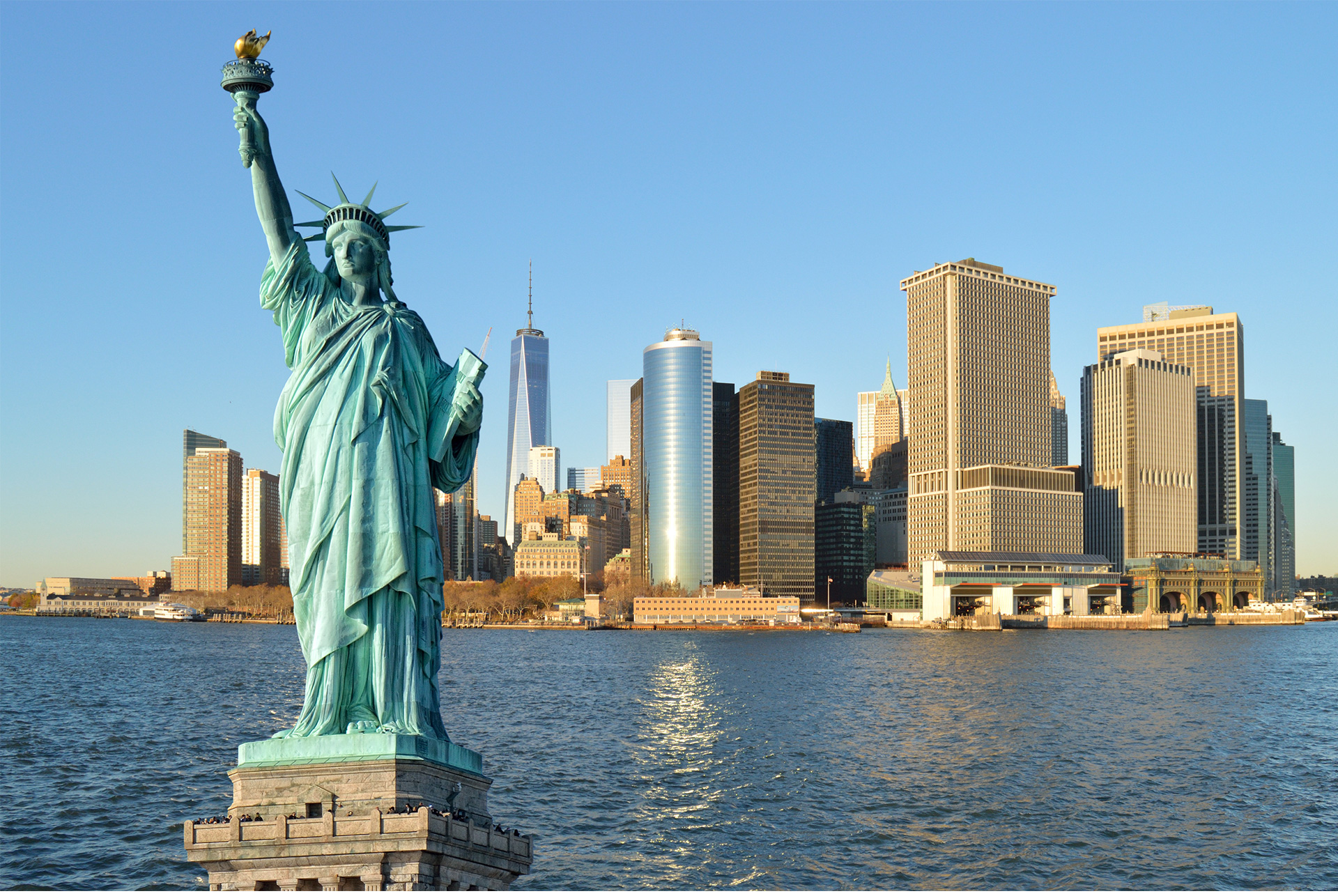
United States (Diverse Climates: Coastal, Inland & Hurricane Zones)
Encompasses tropical, temperate, and frigid zones, with certain regions prone to hurricanes, thunderstorms, and humidity.
Display Requirements:
- Moisture/waterproofing:Coastal installations require enhanced anti-corrosion and salt-spray resistance with IP65+ rated protection.
- Wind-resistant engineering:Hurricane-prone areas (e.g., Florida) demand high-strength structural designs; Aurora King's 62% transparency windproof screens effectively reduce wind load.
- Operational stability: Must support dual-voltage compatibility (110V/220V) with surge protection to accommodate regional power grid variations.
To summarize, the stadium LED displays for the 2026 World Cup's tri-nation hosting must meet these comprehensive requirements:
? Cold resistance (to withstand Canada's extreme winter conditions)
? Heat and UV resistance (for Mexico's scorching climate)
? Windproof and moistureproof (to endure hurricanes and coastal environments in the U.S.)
? High brightness with energy efficiency (to ensure outdoor visibility while reducing power consumption)
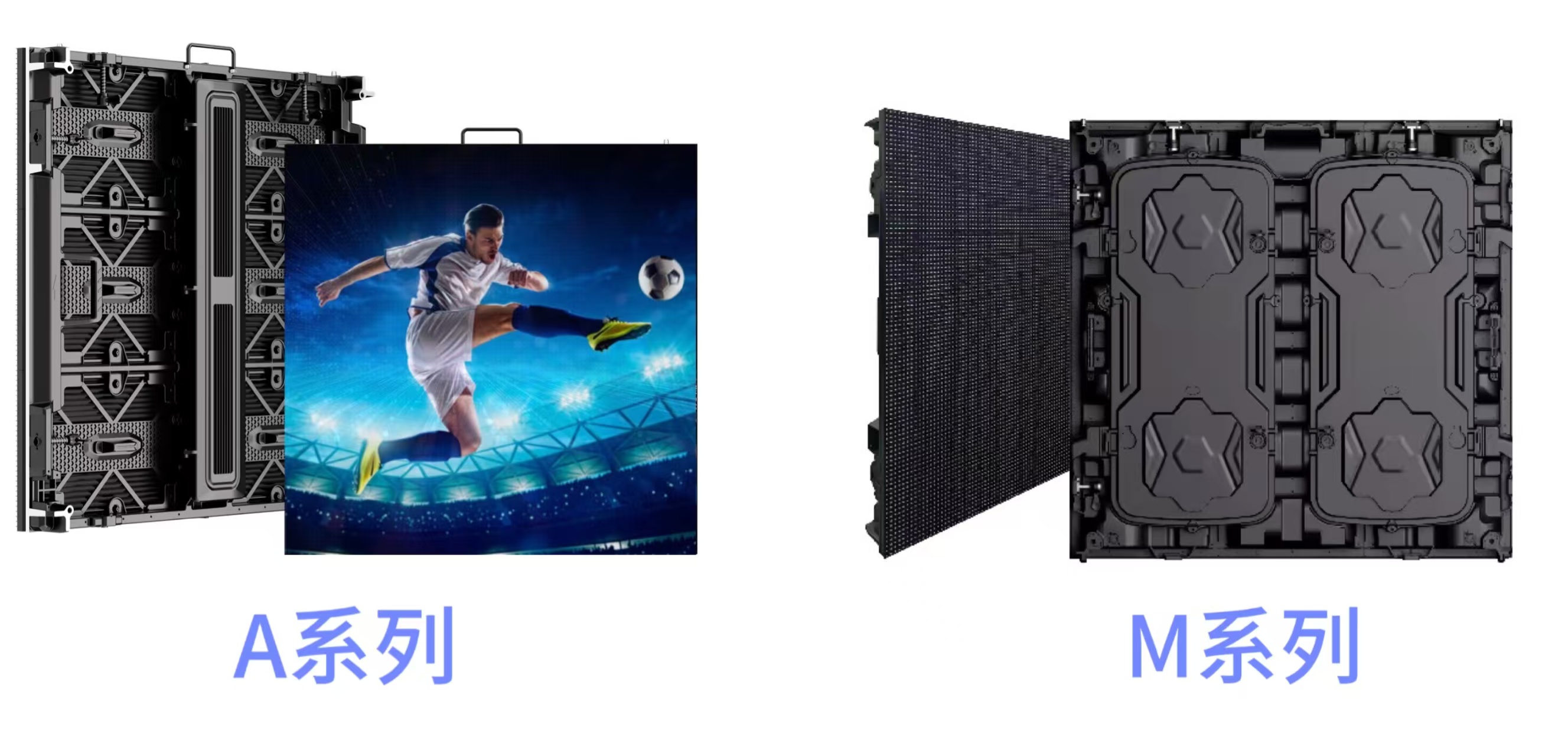
By utilizing Aurora King's DIP570 LED outdoor displays, we can perfectly address all climatic challenges presented by the tri-nation hosting of the 2026 World Cup, delivering stable, crystal-clear and breathtaking visual experiences for global audiences.
Ultra HD & High Brightness:
With brightness reaching 8000-10000 nits, the displays remain clearly visible even under intense sunlight, perfectly meeting long-distance viewing requirements in large stadiums.
Exceptional Performance:
Operates reliably in extreme temperatures from -40℃ to 70℃, featuring IP65 protection rating with special UV resistance and anti-salt spray treatment.
Energy Efficiency & Eco-Friendly:
Achieves over 30% energy savings compared to conventional products at equivalent brightness levels, fully complying with FIFA's sustainability standards.
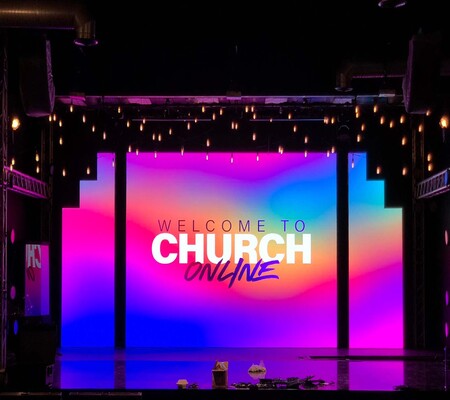
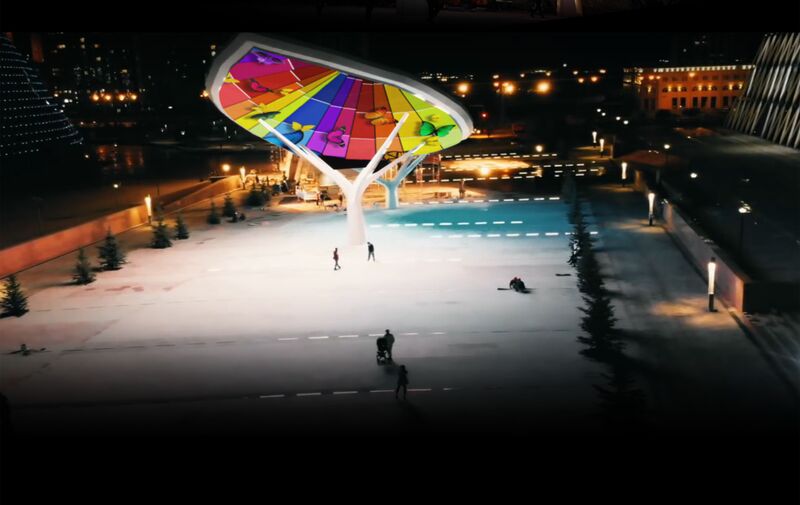
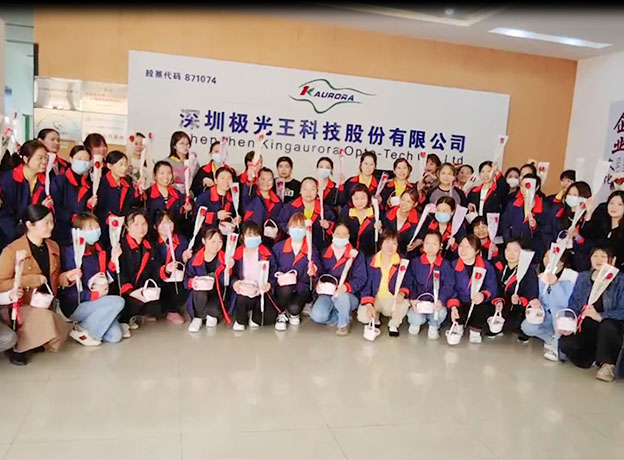
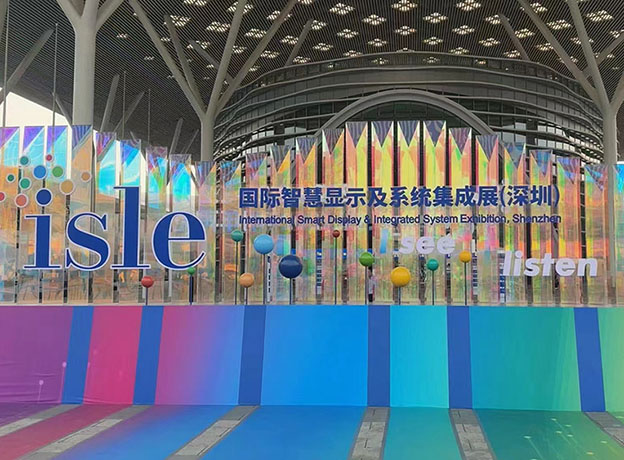

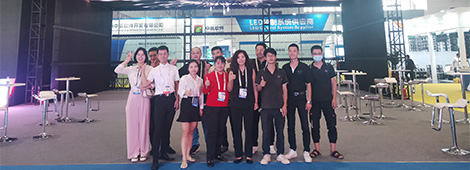
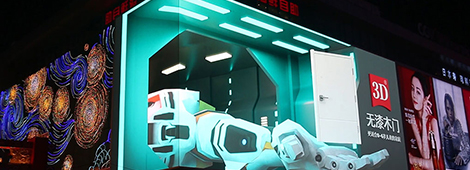
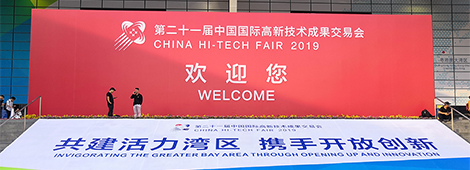


3th Building,Gaosite Zone Pingshan
New District, Shenzhen

sevice88@kingaurora.com
3th Building,Gaosite Zone Pingshan
New District, Shenzhen